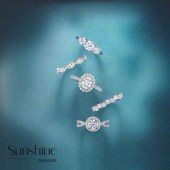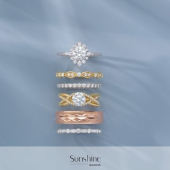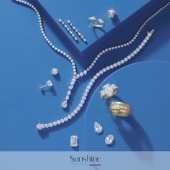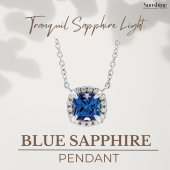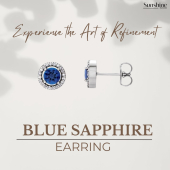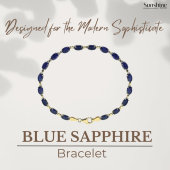Gemstone Guide
How to select quality gemstones and gemstone jewellery
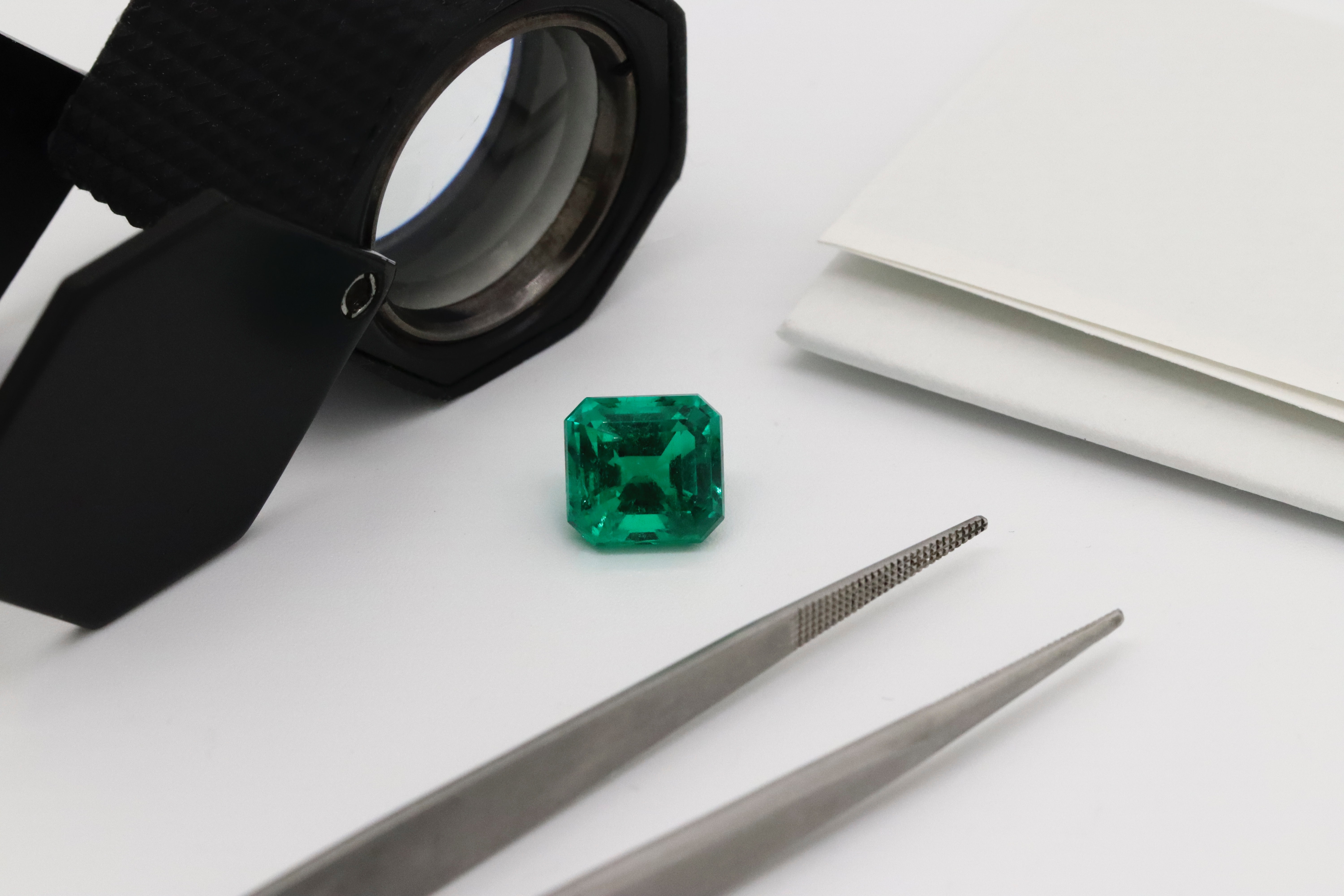
Beauty. Rarity. Durability. Discover the attributes that attract us to coloured gemstones for personal adornment and make gemstones valuable and precious. Coloured gemstones provide the opportunity for uniquely personal expression. Use our guide to buy gemstone jewellery to ensure you select the highest quality gemstone jewellery for your budget.
How Gemstones Are Graded
While gemstones have similar quality factors as diamonds (cut, clarity, color and cut), they are valued differently for gemstones. For example, color is by far the most important C for coloured gemstones, whereas cut is usually considered the most important C for diamonds.
Gemstone Color
Most coloured gemstones derive their beauty from their color – purples, blues, greens, yellows, oranges, reds. Three factors relate to a gemstone’s color:
Hue: the pure color on the spectrum, describes the dominant color and any additional colors visible in a gem
Tone: the lightness or darkness of a color. In the GIA color-grading system, tones range from very light to very dark.
Saturation or intensity: is the purity of the hue.
When buying colored gemstone jewelry, select what you consider beautiful. Because of the subtle differences in the tone and hue of the colored gemstone you are considering, look at several to find the one you prefer. Each gem variety has an optimal hue, tone and saturation, your jeweler can show you and explain the how gemstones each exhibit their optimal color.
Gemstone Cut
Gem cutters work to achieve a pleasing and affordable mix of color, weight and a safe shape for mounting. During creation, a gemstone’s size is constrained by nature. For example, while large and beautiful amethysts are readily available, an alexandrite of large size is extremely rare.
Sparkle adds to the beauty of a well-cut colored gemstone. The cut of a colored gemstone describes its shape and how it is fashioned. Some gemstones, such as opal, are suited to a smooth, rounded surface. Others, such as sapphire, are more frequently shaped with a precise series of flat, symmetrical planes, called facets, which make the most pleasing illumination of the gem’s color. Some cutters today may also use convex or concave facets, shaping colored gemstone like small sculptures.
Gemstone Clarity
The clarity of colored gemstones contributes to their beauty. Unless a gemstone is opaque and blocks all light, how light moves through the gemstone affects its beauty. Some gemstones have few internal inclusions to interrupt the passage of light, as is the case with most pieces of tanzanite. Others have characteristic inclusions. For example, some emerald has a “jardine” (garden), which makes each gem truly unique.
Gemstone Size
Gemstone weight is measured carats. The jewelry industry also measures colored gemstones by dimensions in millimeters in addition to carat weight. Millimeter size is taken into consideration when matching colored gemstones for a ring, earrings or other types of jewellery.
Gemstone Size
Gemstone weight is measured carats. The jewelry industry also measures colored gemstones by dimensions in millimeters in addition to carat weight. Millimeter size is taken into consideration when matching colored gemstones for a ring, earrings or other types of jewellery.
Gemstone Durability
A gemstone’s ability to be fashioned, mounted and worn is a function of how durable it is – a matter of both hardness and toughness. Some gemstones, such as sapphire, ruby and garnet, are well-suited to an active daily life and work well in rings, bracelets or cufflinks. Others, such as emeralds, pearls and opals call for earring or necklace mountings to keep them beautifully displayed but out of harm’s way.
Gemstone Enhancements
In certain colored gemstones color occurs naturally. Satisfying hues are intrinsic in some garnets, for example. In other colored gemstones, the final color occurs with assistance. For nearly as long as people have worn rubies, we have known how to treat a rough ruby with heat to obtain a desirable red color. Not all rubies are heat treated, but the vast majority are. Because of their rarity, gemstones in which color is naturally occurring are generally more valuable.
Many gemstones are treated or enhanced in some way, such as with heat or safe irradiation, to achieve the beautiful colors or clarity we desire in the sizes we desire. These gems, which are less rare, can also be very valuable. Some jewelers make synthetic colored gemstones available. Synthetic colored gemstones have all the optical, physical and chemical properties of naturally occurring gemstones, but they are created in a laboratory rather than occurring in nature.


